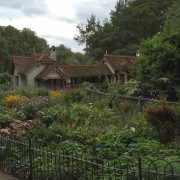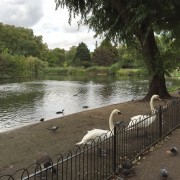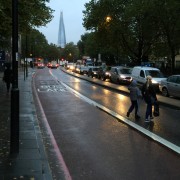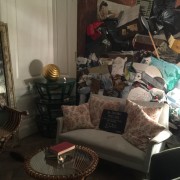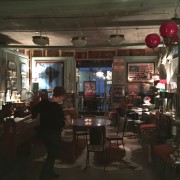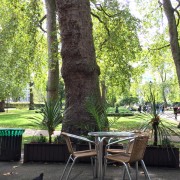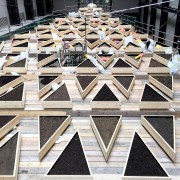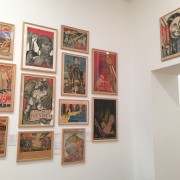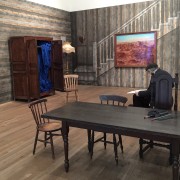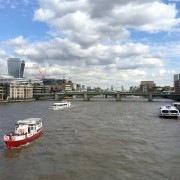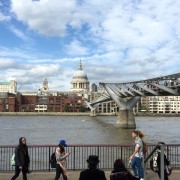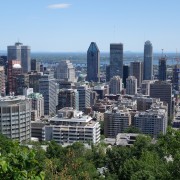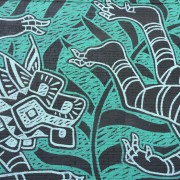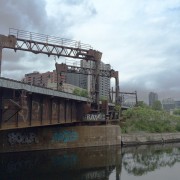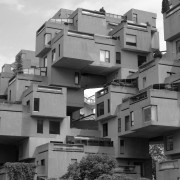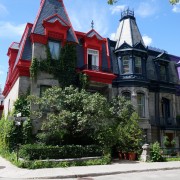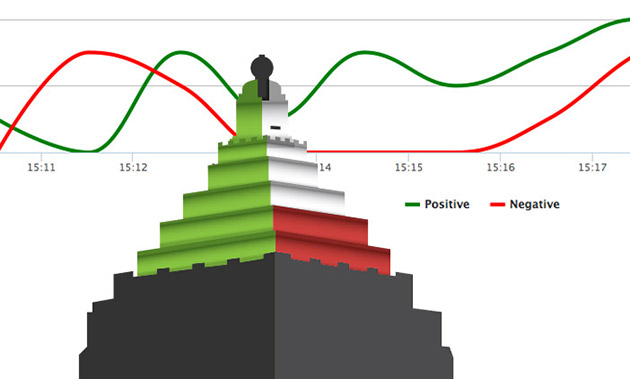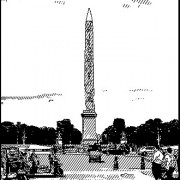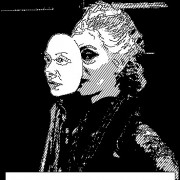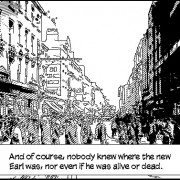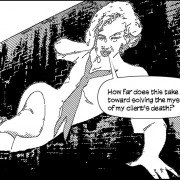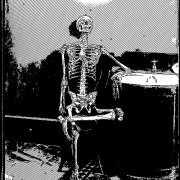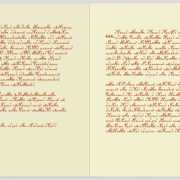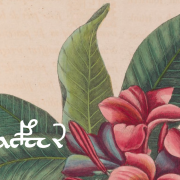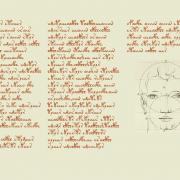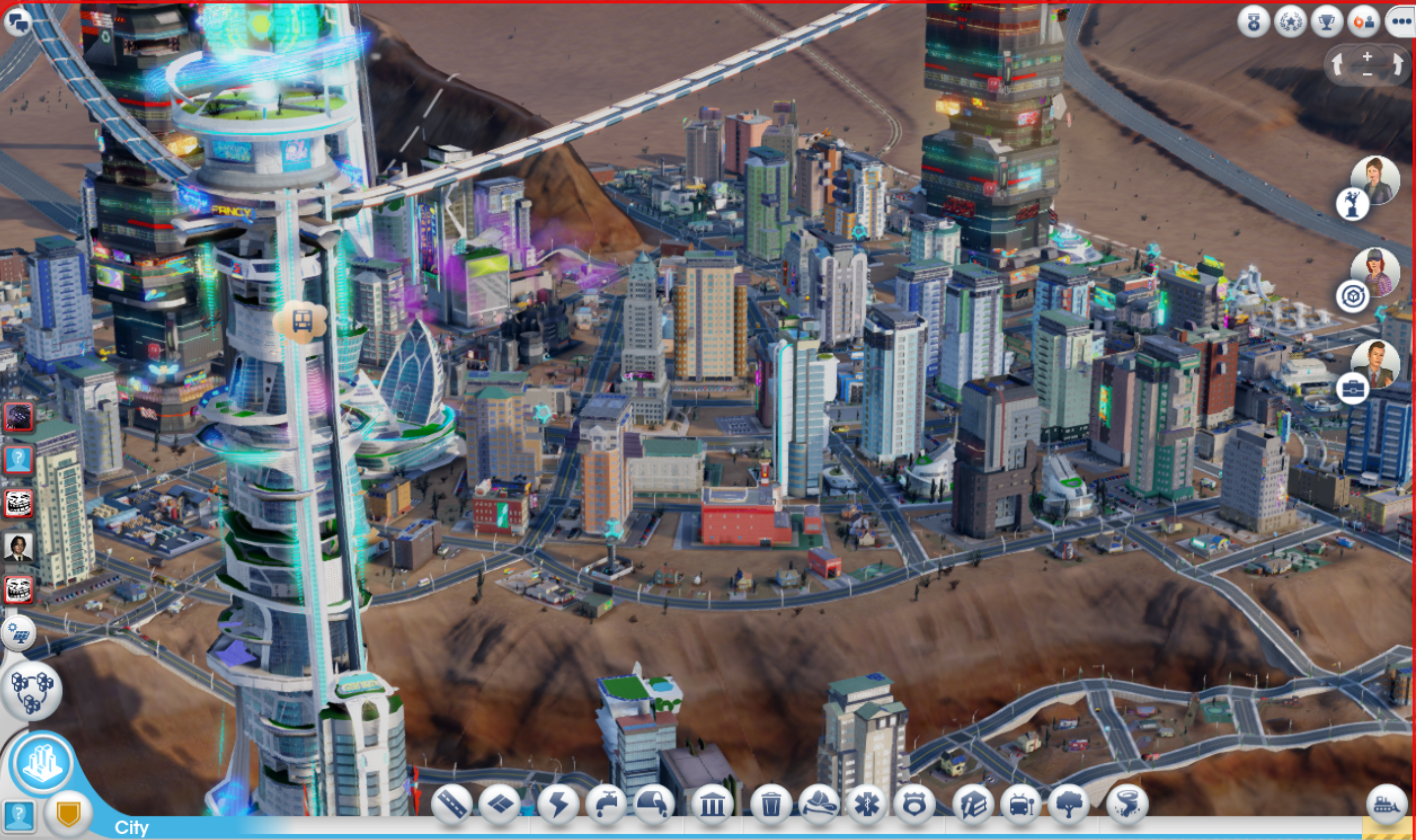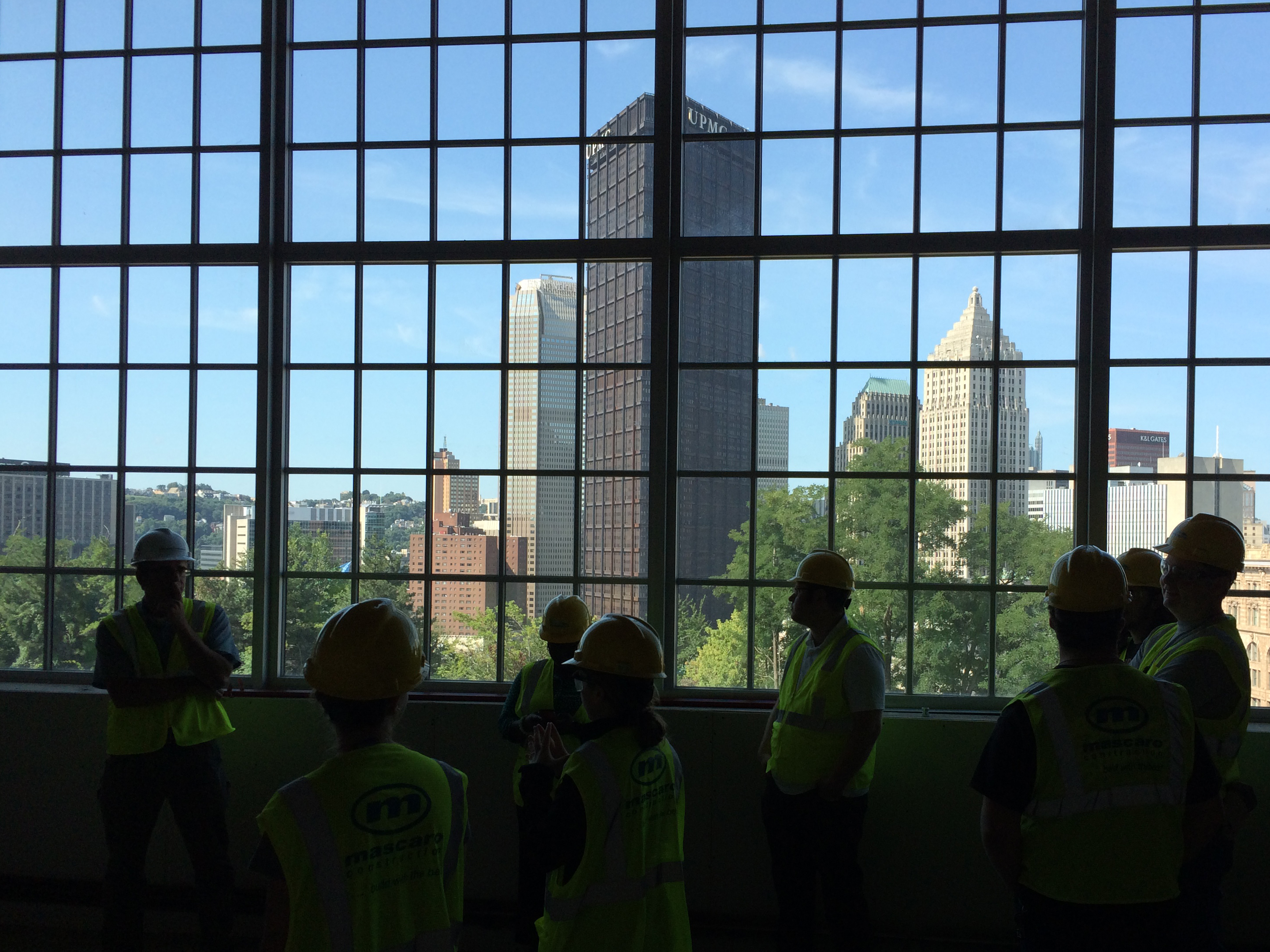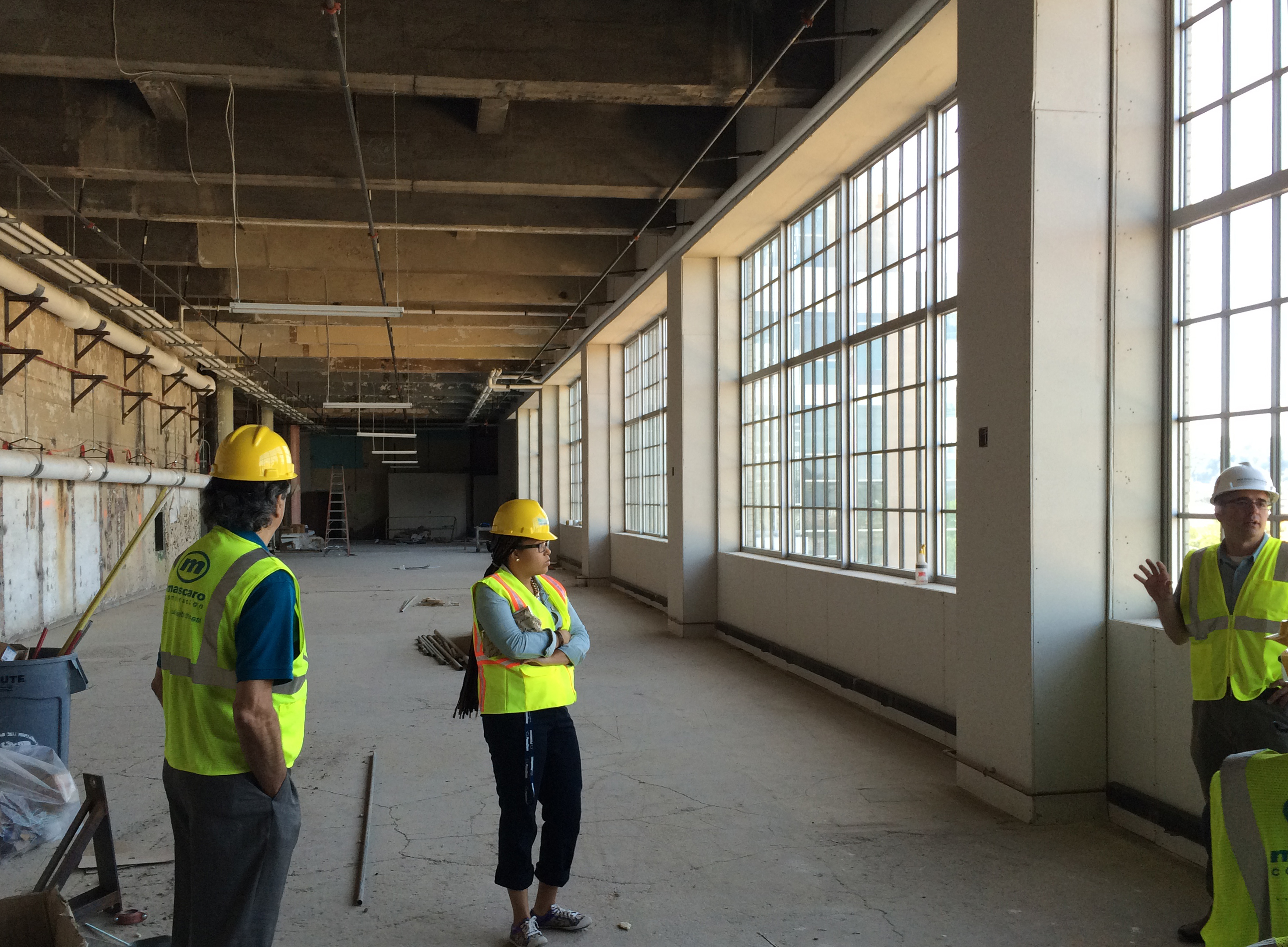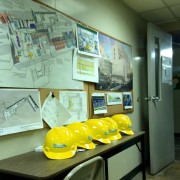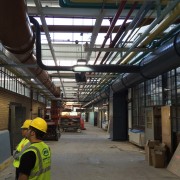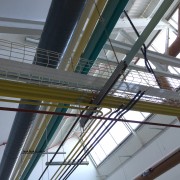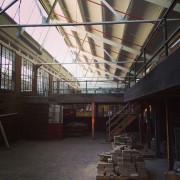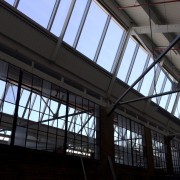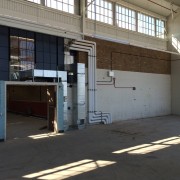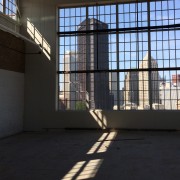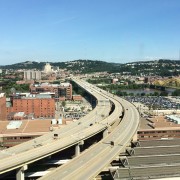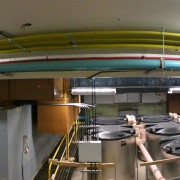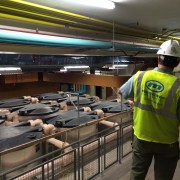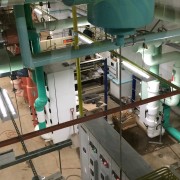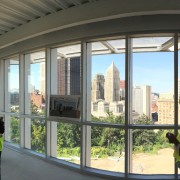Experimenting with Storytelling in Adobe Spark
Media Commons has recently started experimenting with Adobe Spark as a potential supported tool in our arsenal of storytelling technologies and techniques. I knew that if I were to dive into Spark, I’d need to have a real project to complete – but I’ve been struggling with what I would like to build on the platform that would actually be compelling.
As usually is the case, a conversation with an instructor finally prompted me to get moving in one particular direction. I decided to take my last big international trip and turn it into a Spark story in the form of a travelogue.
Using Spark for several hours showed me, first off, that it would be entirely plausible to expect that a student would be able to complete something similar – either with their own media or images/video that they find online (even through the platform itself, in the case of the former) – in a reasonable amount of time. I was expecting, as a web designer, to find that Spark felt overly limited and would leaving me wanting more customization. Happily, I can report that this is not the case: The constraints Spark places around each of the templates and modules you can add there-in are more freeing, if anything. Instead of getting bogged down in the specifics of typography or image sizing and placement, I was able to let the tool (and its designers) take charge knowing that the finished result would look just fine. With that out of the way, I was able to focus much more on the story that I was trying to tell.
The analogy isn’t perfect, but Spark felt a bit like iMovie-izing WordPress. I’m excited to see what happens when I pilot this with 70+ Education majors at Harrisburg in just a few weeks and will report back on what the results end up being.



